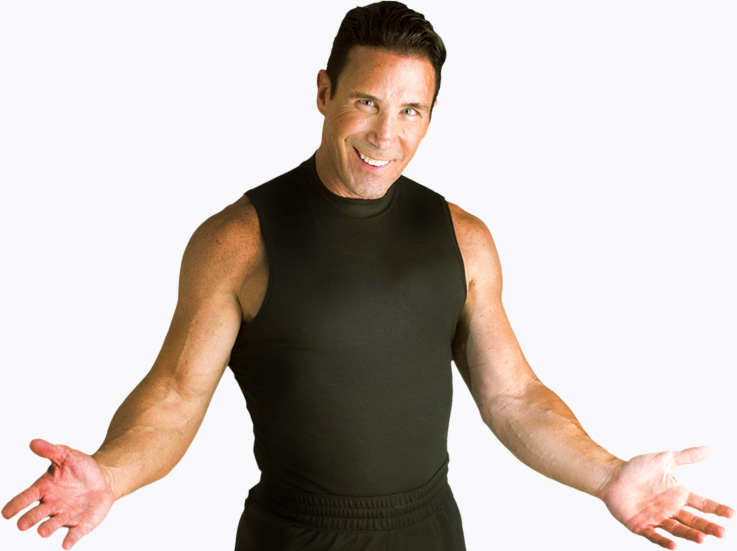04/05/2018
If the Shoe Fits
Whether you've decided to run, speed walk or try out interval training, the choice of running shoes can create the difference between having a good or bad experience, working out comfortably or painfully, and whether you stay healthy or suffer injuries. The wrong shoes can put a serious damper on the enjoyment - and benefits - you garner from a walking or running program. If you've been in an athletic shoe department lately, you know that choosing a running shoe is no small task these days! Understanding your foot type can make the task much easier, and
finding that out is as easy as checking the wear pattern on your shoes!
There are three basic foot types which effect the movement of your foot and your gait:
- If your shoes are most worn down on the inside, you have a low arch; your footprint shows almost the entire foot, and your feet roll distinctively inward. In this case, wear motion-control running shoes. They should have maximum supportive features as well as substantial cushioning in high strike areas of the heel and forefoot. These shoes are also excellent for the larger-framed runner. However, if the outside of your heel hits the ground first, and rolls inward slightly, consider stability shoes. Stability running shoes give extra support through the midsole and heel to help your feet work better. Select a shoe with a straight shape.
- If your shoes show uniform wear across the forefoot, your feet have a distinct curve along the inside of your foot, and your heel and toes are connected by a band that is slightly less than half the width of your foot, you have a normal arch. With a normal arch, the middle to slightly outward part of the heel strikes the ground first and the foot rolls slightly inward, absorbing shock more effectively. You should use stability running shoes with a semi-curved shape.
- If your shoes show more wear on the outer sides, you have a high arch. Your footprint shows a thin outer band between your heel and toe, the outside of the heel strikes the ground first and does not roll inward, staying on the outside causing the impact to be concentrated on a smaller area of the foot. Look for cushioned shoes with a curved shape to encourage foot movement, these shoes should be more concerned with midsole cushioning that support, and provide extra shock absorption to make up for the lack of pronation that comes with high arches.
When trying on shoes:
- Check for adequate toe room by pressing your thumb into the shoe just above your longest toe, your thumb should fit between the end of your toe and the tip of the shoe.
- Check for adequate room at the widest part of your foot. The shoe shouldn't be tight, but should be comfortable without movement inside the shoe.
- Your heel should fit comfortably against the back of the shoe without sliding up or down.
- The shoe upper should not press too tightly on any area of your foot.
- Move around so you can feel the shoes in action to gauge overall comfort.
You may need to try a few different styles before you find the perfect shoe, but don't give up!
The right running shoes will help you avoid injury and add miles of pleasure to your fitness routine.























